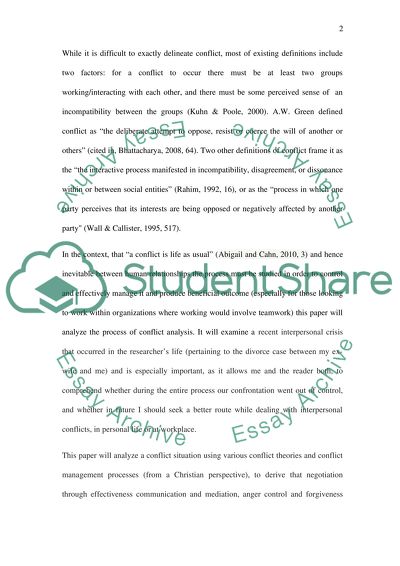Cite this document
(“Conflict Process Essay Example | Topics and Well Written Essays - 4250 words”, n.d.)
Retrieved from https://studentshare.org/family-consumer-science/1395096-conflict-process
Retrieved from https://studentshare.org/family-consumer-science/1395096-conflict-process
(Conflict Process Essay Example | Topics and Well Written Essays - 4250 Words)
https://studentshare.org/family-consumer-science/1395096-conflict-process.
https://studentshare.org/family-consumer-science/1395096-conflict-process.
“Conflict Process Essay Example | Topics and Well Written Essays - 4250 Words”, n.d. https://studentshare.org/family-consumer-science/1395096-conflict-process.


